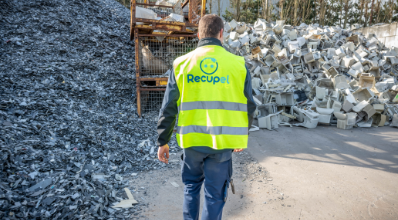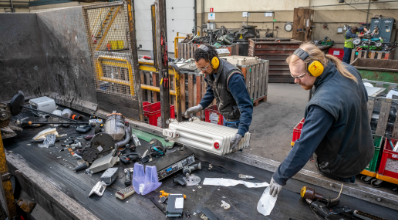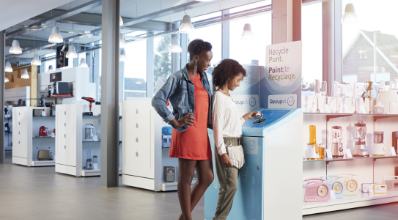The year 2020 was an exceptional year in every respect.
Despite the great challenges, together we succeeded in collecting a record amount of discarded light bulbs and electrical and electronic equipment.
In 2020, the amount of our collection increased by 1.1%. Each Belgian resident brought an average of 10.8 kg to a Recupel point. So, we did better than in 2019, which was already an absolute record year. However, the coronavirus crisis caused a bumpy start because many collection points had to close. But as soon as the measures were relaxed, collection peaked: up to 50% more collection in June 2020 compared to June 2019. The most striking results were a 4.2% increase in fridges and freezers and 2 million more units in the 'Other' category (mainly smaller electronic devices) than in 2019. Belgians took advantage of the lockdown to tidy up. That we reflexively bring in e-waste for recycling and reuse is the result of the efforts made in recent years.
collected in 2020
That is an increase of 1.1%
Examining the volume (in tonnes)
by category, we see:
Large white goods
(for example washing machines)

Fridges and freezers

Light bulbs

Other
(for example mobile phones)

Smoke alarms

Televisions

Professional devices

Although the weight collected increased, the number of devices collected decreased slightly by 0.64% compared to 2019.
collected in 2020
That is a decrease of 0.64%
Examining each category in units,
we see:
Large white goods
(for example washing machines)

Fridges and freezers

Light bulbs

Other
(for example mobile phones)

Smoke alarms

Televisions & monitors

In 2018, Recupel was a co-founder of the non-profit organisation BeWeee. Actors in the entire e-waste chain use this tool to report how many electrical devices they bring onto the market, collect, or process, and what their destination is. In the meantime, reporting via the tool has quadrupled from 6,662 tonnes in 2017 to 28,554 tonnes in 2019. Including the figures that Recupel reports, we arrive at a total of 151,102 tonnes for 2019. This is an important step towards the European objective of collecting 65% of the devices that enter the Belgium market (by weight). Clearly, with a collection rate of 51% in 2019, we still have work to do. However, the 5% progress made compared to 2017 shows that we are on the right track. The results of BeWeee for the year 2020 are currently not yet available. The collection rate for the year 2020 will be published on the BeWeee website.
That is a 2% increase compared to last year. Last year, our processors recycled 79.6% of waste into usable raw materials. Another 13.1% was burned to generate useful energy.
Per category it looks like:
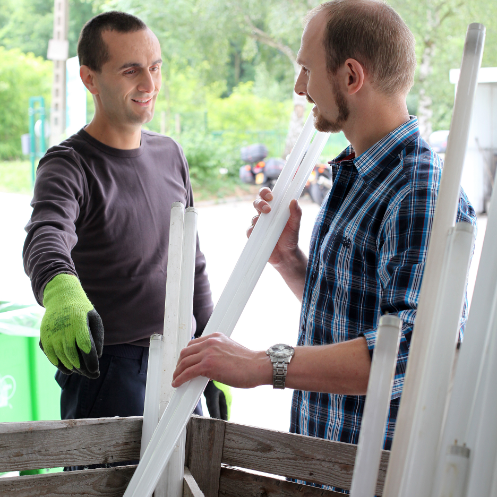
Recycling parks are the hub of our network of collection points. There are 548 locations across the country.
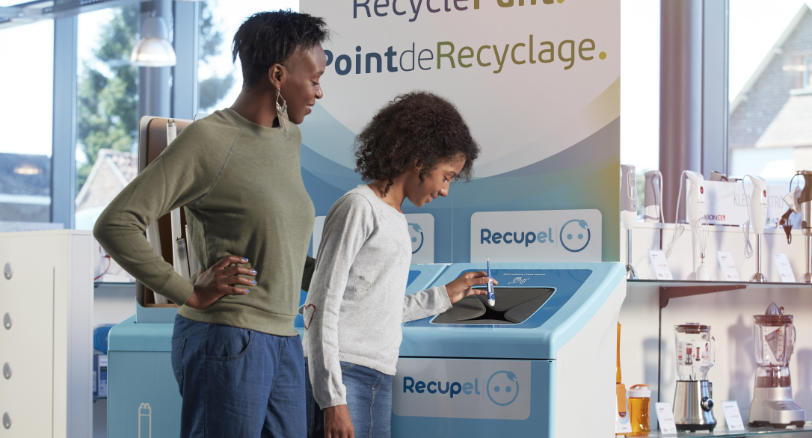
Collection points can be found in shops selling electrical and electronic devices. They are required by law to take back old similar devices from customers for processing and are thus a logical collection location. A total of 11,612 merchants have registered as collection points. Of these, 2,912 also have a Recycle Point, which are handy containers where you can dispose of small light bulbs and electrical and electronic equipment.
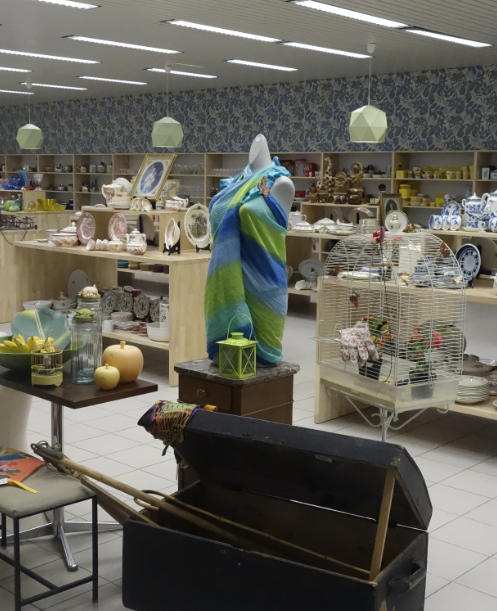
Devices that are no longer used, but still work, can be dropped off at a reuse centre. They carry out the necessary repairs and prepare the devices on-site for sale in a second-hand shop. In 2020, Recupel collaborated with 24 reuse centres.
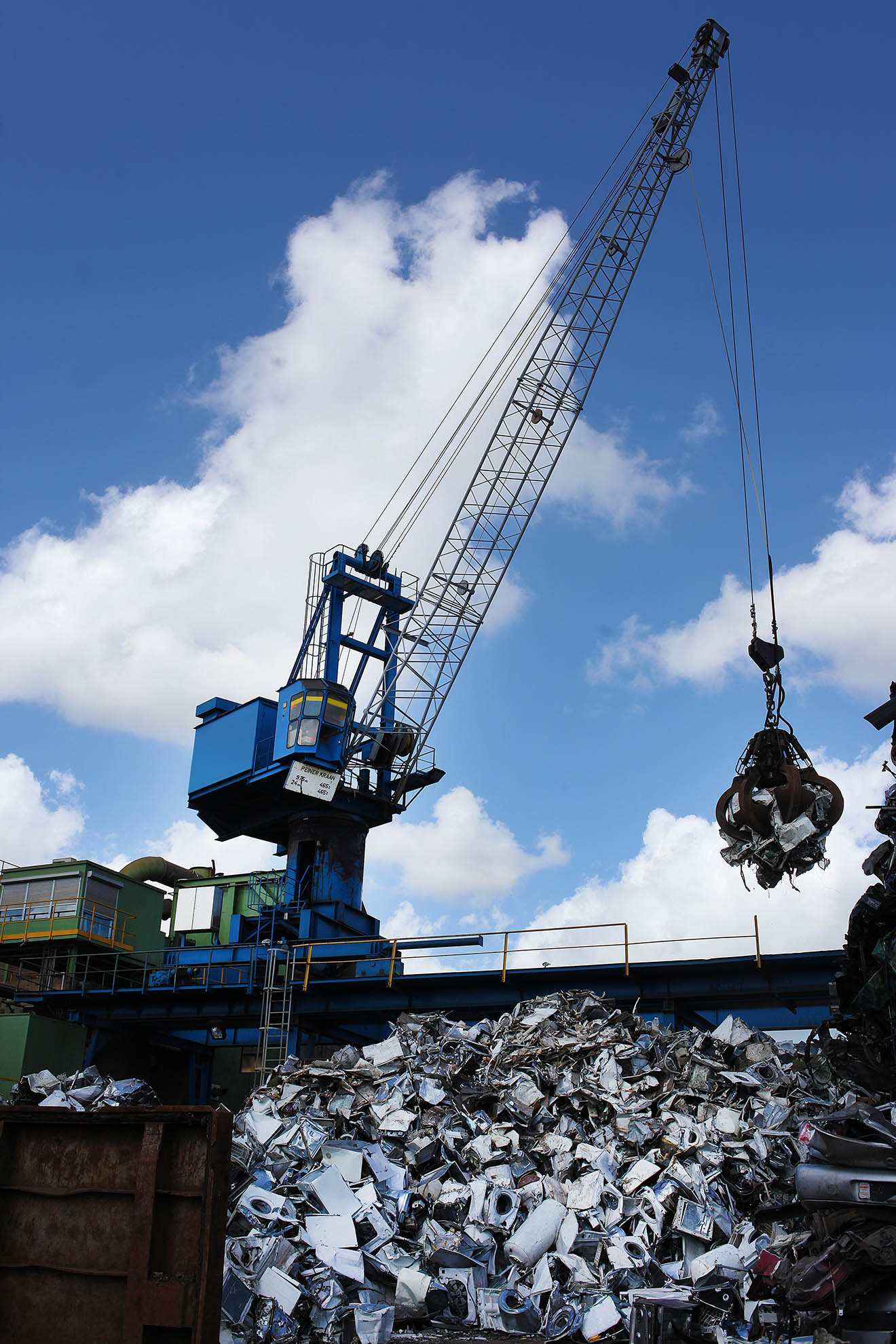
Companies can engage Recupel's recycling companies directly to process their discarded electrical and electronic equipment. In 2020, our network comprised 87 partners: 76 charter collectors and 11 charter recyclers.
